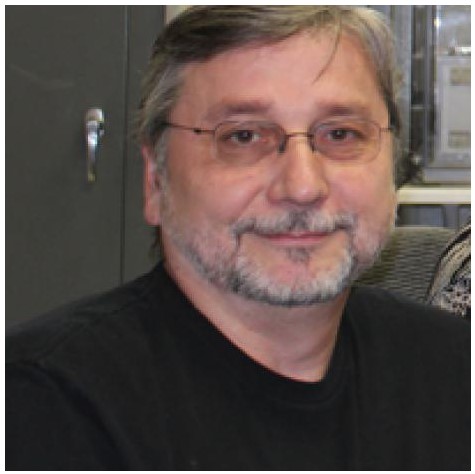Dr. Viktor Struzhkin [Geophysical Laboratory, USA]
Title: High temperature superconductivity in lanthanum polyhydride LaHx
Time: 10:00 - 11:00 AM, Wednesday, November 21, 2018
Place: Conference Room 6-410, HPSTAR (Shanghai)
Host: Ho-Kwang Mao
Polycom: 02120004
Abstract:
Recent predictions and experimental observations of high Tc superconductivity in hydrogen-rich materials at very high pressures are driving the search for superconductivity in the vicinity of room temperature. We have developed a novel preparation technique that is optimally suited for megabar pressure syntheses of superhydrides using pulsed laser heating while maintaining the integrity of sample-probe contacts for electrical transport measurements to 200 GPa. We detail the synthesis and characterization, including four-probe electrical transport measurements, of lanthanum superhydride samples that display a significant drop in resistivity on cooling beginning around 260 K and pressures of 190 GPa. Additional measurements on two additional samples synthesized the same way show resistance drops beginning as high as 280 K at these pressures. The loss of resistance at these high temperatures is not observed in control experiments on pure La as well as in partially transformed samples at these pressures, and x-ray diffraction as a function of temperature on the superhydride reveal no structural changes on cooling. We infer that the resistance drop is a signature of the predicted room-temperature superconductivity in LaH10, in good agreement with density functional structure search and BCS theory calculations.
Biography of the Speaker:
 Viktor Struzhkin develops new techniques for high-pressure experiments to measure transport and magnetic properties of materials to understand aspects of geophysics, planetary science, and condensed-matter physics. Among his goals are to detect the transition of hydrogen into a high-temperature superconductor under pressure—a state predicted by theory, but thus far unattained—to discover new superconductors, and to learn what happens to materials in Earth’s deep interior where pressure and temperature conditions are extreme.
Viktor Struzhkin develops new techniques for high-pressure experiments to measure transport and magnetic properties of materials to understand aspects of geophysics, planetary science, and condensed-matter physics. Among his goals are to detect the transition of hydrogen into a high-temperature superconductor under pressure—a state predicted by theory, but thus far unattained—to discover new superconductors, and to learn what happens to materials in Earth’s deep interior where pressure and temperature conditions are extreme.
Recently, a team including Struzhkin was the first to discover the conditions under which nickel oxide can turn into an electricity-conducting metal. Nickel oxide is one of the first compounds to be studied for its electronic properties, but until their research, scientists had not been able to induce a metallic state. The compound becomes metallic at enormous pressures of 2.4 million times the atmospheric pressure (240 gigapascals).
In other research, Struzkhin and team found that a remarkable defect in synthetic diamond produced by chemical vapor deposition allows researchers to measure, witness, and potentially manipulate electrons in a manner that could lead to new “quantum technology” for information processing.
Struzhkin has pioneered a suit of transport measurements in diamond anvil cells, where matter is squeezed between two diamond tips. He succeeded in measurements of superconductivity at very high pressures in excess 2 million times the atmospheric pressure at sea level. He is recognized expert in a multitude of experimental techniques in diamond anvil cells, including transport measurements, optical and synchrotron spectroscopy—where chemical make-up, structure and other features are discerned.
Struzhkin received his combined B.S. and M.S. degrees in physics from Moscow Institute of Physics and Technology in 1980 and his Ph. D. in solid state physics from the Russian Academy of Science in 1991, where he subsequently conducted research. He became a senior researchers there from 1991 to 1994 and was concurrently a postdoctoral fellow at the Max Plank Institute in Germany from 1991 to 1993. He came to Carnegie as a postdoctoral associate in 1994. In 1996 he became a senior research associate, then an associate staff member in 2000. He has been on the scientific staff since 2003.
